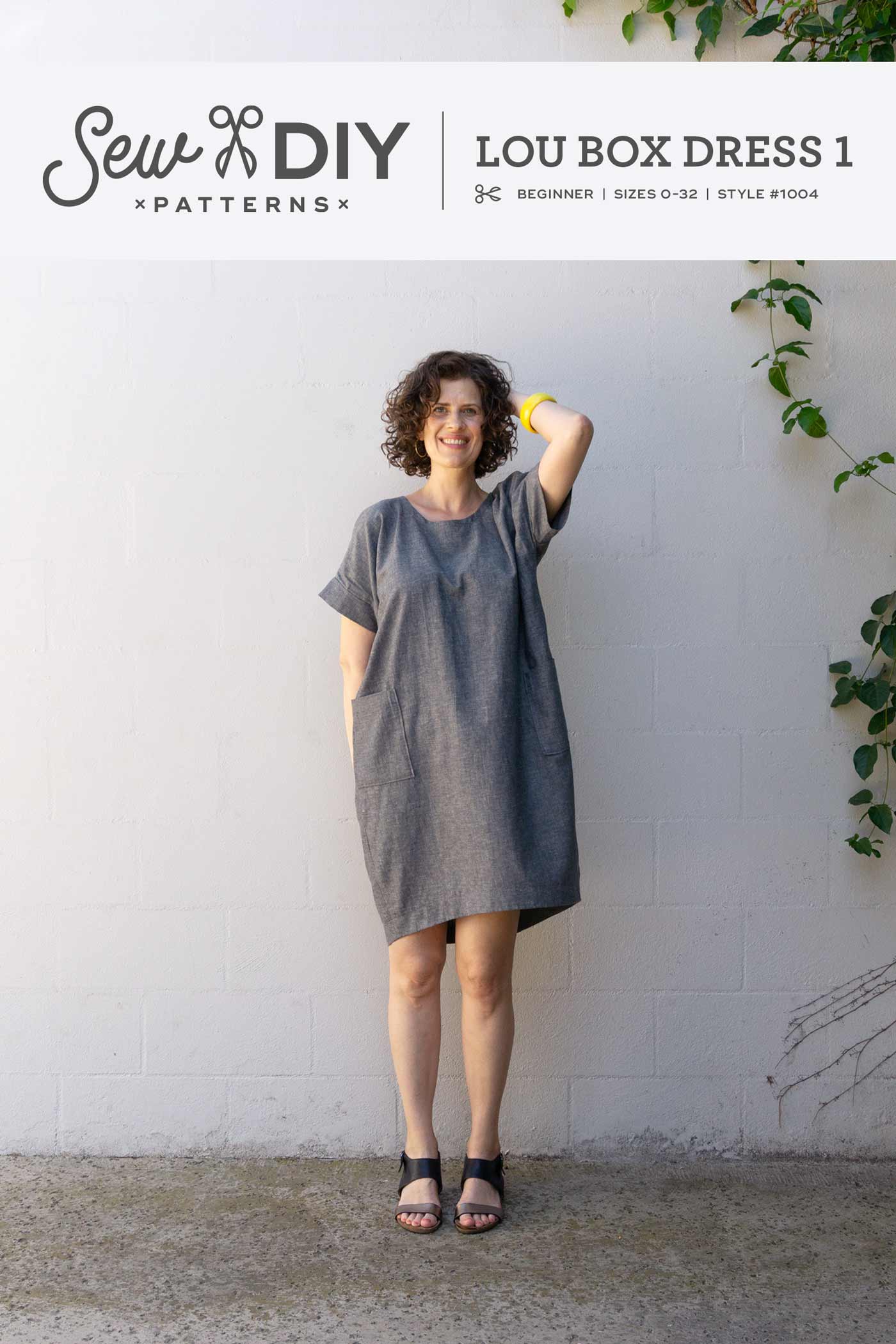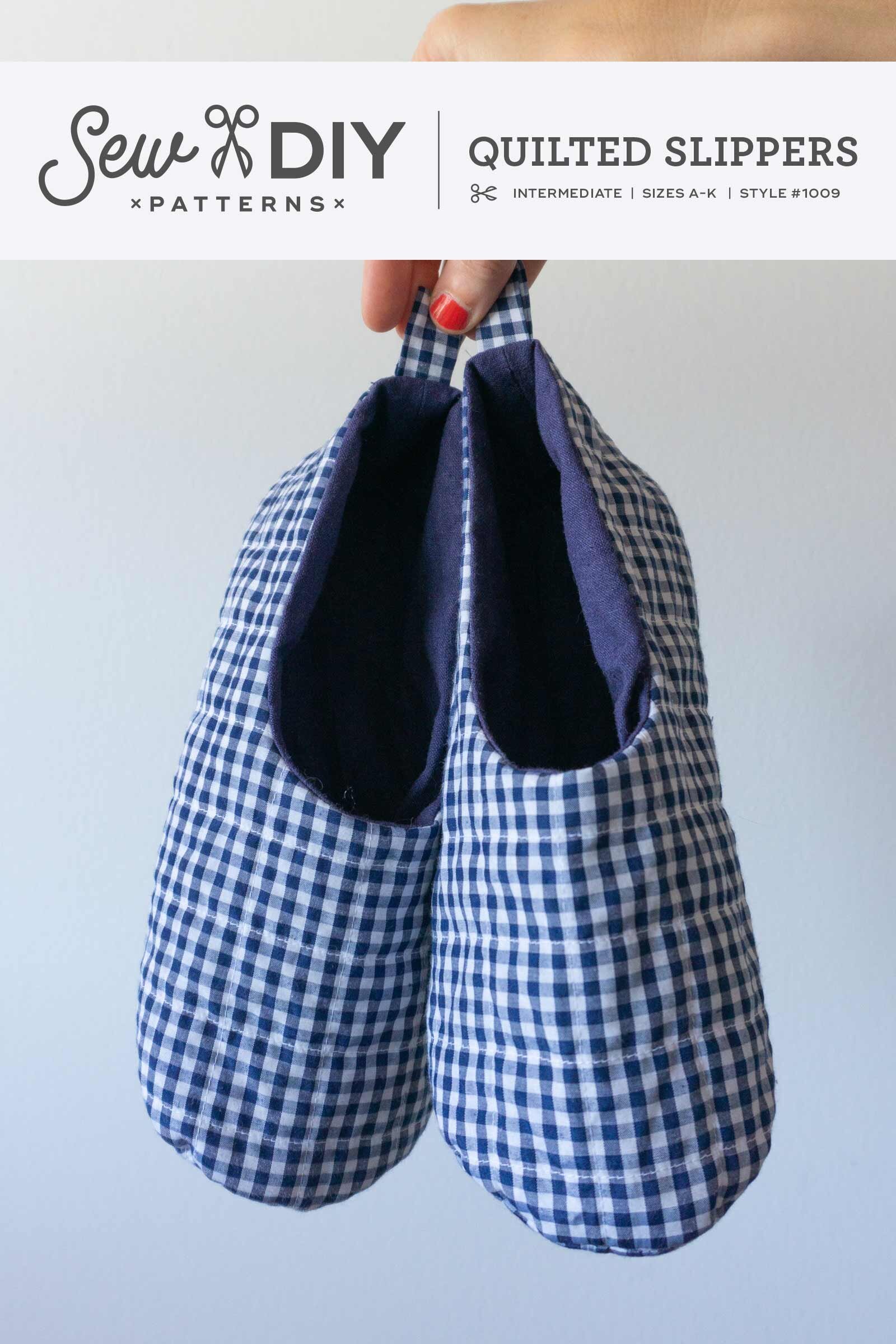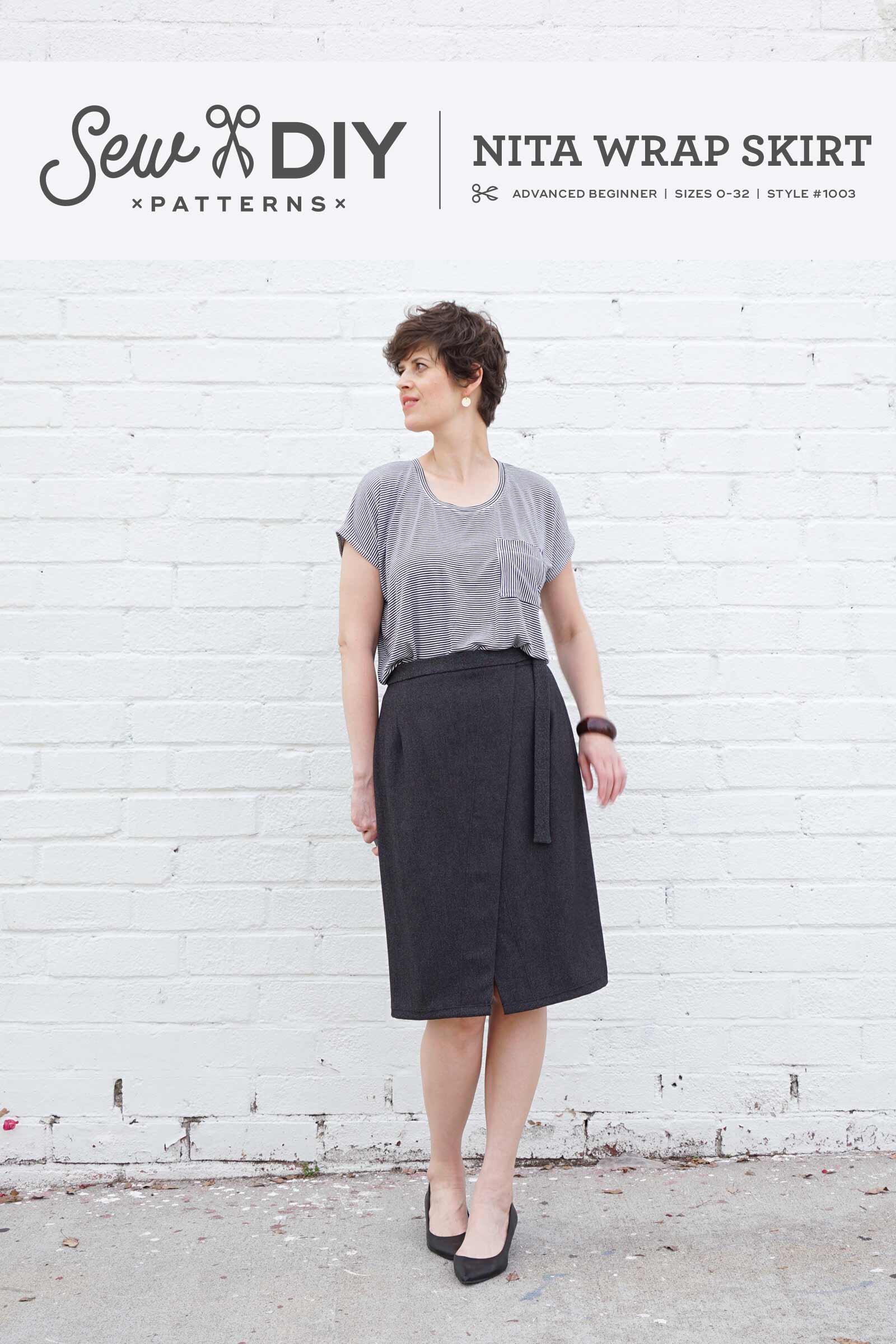In today’s YouTube video, I’m sharing tips to get started hacking your sewing patterns and ten ideas for how you can hack them. Hacking is just another way of saying “adapting”. When you start to adapt your sewing patterns, it extends their usefulness which saves you money. Plus, it’s a great way to explore your personal style and creativity. With a little practice, you'll soon be adapting and combining your patterns to make your own custom wardrobe. Watch the video for a few tips to hack your patterns successfully and 10 ideas for hacking your sewing patterns.
10 ideas for hacking (or adapting) sewing patterns
1. Change the length
The easiest way to hack a pattern is to change the length. Change the length of the sleeves, pants or skirt for a different silhouette. You can even take a dress pattern and make it into a top or vice versa.
2. Color block
Create a color blocked garment by cutting through the pattern piece to create different sections. Don’t forget to add seam allowance at the cut line so you don’t lose any length in the finished garment. Check out my color blocked Lou Box Dress here.
3. Add ruffles or pleats
Add a peplum to a top or flounce to the end of a sleeve or skirt by adding a ruffled or pleated panel to the end. This will add length to the garment and give it a little extra pizazz.
4. Add buttons or zippers
Buttons and zippers don’t always have to be functional. Add them to a the center front or back, a shoulder seam or side seam as a decorative element. You can even play around with button placement like I did with this dress. Check out this post to see how I added a zipper to the center back of a Lou Box Top.
5. Change the neckline shape (facing)
A great way to change the look of a garment is to change the shape of a neckline. Raise or lower a scoop neck to fit your style. Or, change the shape altogether and make it a v-neck, square neck or sweetheart shape. Check out my video tutorial to learn how to make a facing for a v-neckline.
7. Add a slit or opening
Add a slit to a skirt, pant leg or sleeve. Or, add a cut out opening to reveal a bit more skin. In this blog post, I share a Lou Box Top that I adapted to have a center back slit.
8. Change the sleeve shape
Change the shape of the sleeve to taper to the elbow, add a bell sleeve or add a cuff. When adjusting patterns, it’s easier to make adjustments to the sleeve that was designed to match the armhole (aka armscye). Taking a sleeve from an entirely different pattern can get pretty tricky.
9. Change the shape of the skirt
Combine two patterns by swapping one skirt style for another. The key to making this change is to make sure that the finished circumference for the waistline of the bodice is equal to that of the skirt. Measure the patterns to check and adjust as needed. The easiest skirt style to add to a bodice is a gathered or pleated skirt because it can be pretty easily adjusted to fit any waistline measurement.
10. Swap knit for woven fabric
Another way to hack a pattern is to swap the fabric type. Pay attention to the finished measurements and make sure that you’ll have enough ease for the amount of stretch that your fabric has. You may want to sew a different when swapping fabric type. For example, if you are using a pattern intended for woven fabric, you may want to go down a size or two when you sew it in stretch knit fabric. Likewise, if you are using a pattern intended for stretch knit fabric, you’ll want to use a larger size when you sew with woven fabric.
I hope that you find these tips helpful. The more you experiment with pattern hacking, the more comfortable you’ll become adapting your patterns to fit your personal style. You can pin the image below to save these tips for later. And if you’re not already, you can follow Sew DIY on Pinterest right here. Happy sewing!























